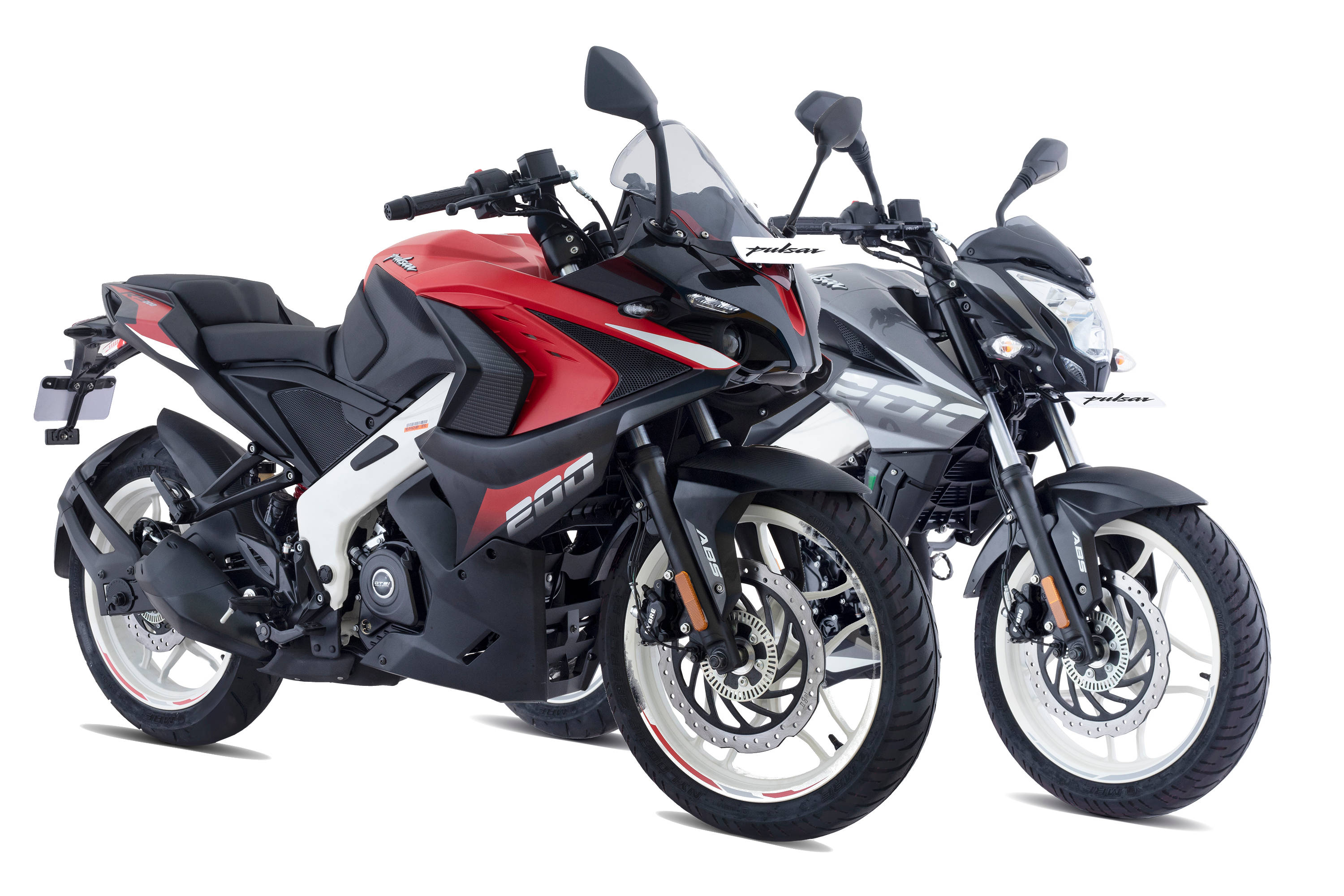Bajaj Pulsar NS 200 vs Pulsar RS 200: Family Feud
Modified On Nov 1, 2020 03:35 PM By Team Bikedekho for Bajaj Pulsar NS200
- 24767 Views
- Write a comment
Same engine, same hardware, what makes more sense? The urban streetfighter or the faired sibling?

If we were to zero-in on one name that changed the face of Indian motorcycling, it has to be Bajaj’s Pulsar moniker. Almost two decades since its inception, the Pulsar brand still has a cult following in the country.
With an engine inspired by KTM’s 200cc lineup, Bajaj is offering similar performance at an affordable price. So, if you were to pick up one of the 200s, which one makes more sense? The NS 200 or the RS 200? Here’s how the siblings stack up against each other.
Design

First introduced in 2012, the Bajaj Pulsar NS 200's design has remained unchanged yet it still remains one of the handsome-looking motorcycles in the lot. Staying true to the streetfighter genes, the bike gets a beefy tank and a sleek tail unit, with the familiar twin strip LED tail lights seen on other bikes from the family. The bike gets a halogen headlamp unit flanked by two pilot lamps. The NS 200 gets a semi-digital instrument console with a big analog tachometer. The raised clip-ons are wide enough and coupled with the footpegs, offer a commanding position without being too aggressive. While the NS 200 could be a great tool for the urban jungle, with no wind protection, highway runs could be a tad tiring.
The RS 200 too, has only received new paint schemes since it was first introduced in 2015. There’s no denying that Indians have a soft spot for fully-faired motorcycles and that worked out really well for the brand initially. The dual projector headlamp, muscular looks found their way into many buyer’s hearts. Unlike its Austrian sibling, the RS 200 appeased everyone with its easy-going nature. The raised clip-on bars and not-so aggressively set footpegs results in a rider’s triangle that can be suited for weekend jaunts to the windy roads, highway sprints or even for grocery-hopping.
Powertrain

Both the bikes share the same 199.5cc, liquid-cooled single-cylinder motors. While Team Orange employs a single spark plug, Bajaj has plonked in three spark plugs. The NS 200 churns out a healthy 24.5PS at 9,750rpm and 18.5Nm of peak twist at 8,000rpm. Interestingly, the RS 200, despite the added 10kg makes the same power and makes 0.2Nm more than the NS 200.
Underpinnings
Just like the powertrain, the NS 200 and RS 200 share the same hardware. Both the bikes get telescopic forks up front and a gas-charged monoshock at the rear. Even the 300mm/230mm brake setup is shared between both the bikes. However, while the RS 200 gets a dual-channel setup, the NS 200 settles for a single-channel unit.

Verdict
The Pulsar RS 200 carries a sticker of Rs 1.52 lakh, while the NS 200 is available at Rs 1.31 lakh (ex-showroom, Delhi). For the extra 21 grand, the RS 200 offers better wind protection, better illumination, and more importantly, dual-channel ABS. However, if commuting and occasional weekend rides are your priority, the NS 200 makes more sense.
